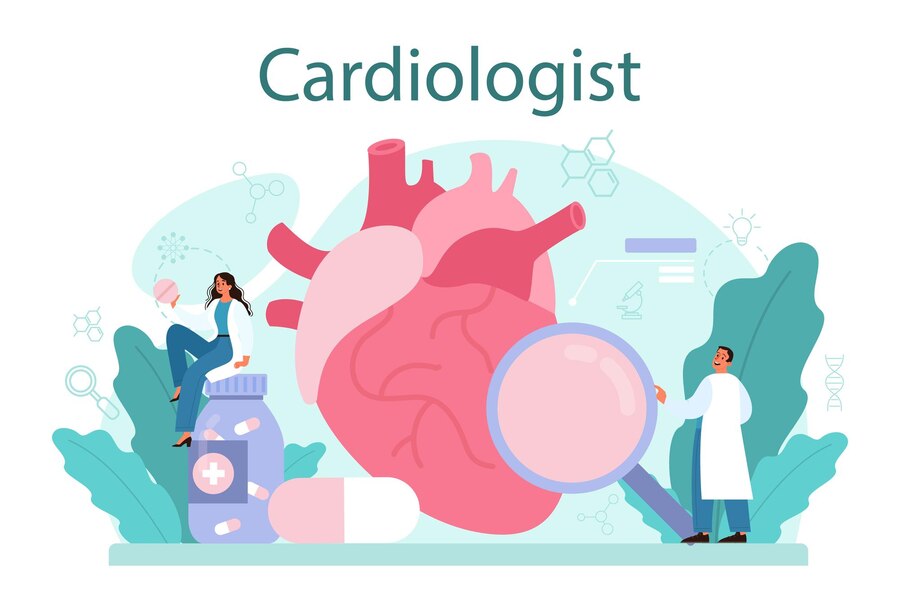Minimally invasive cardiac procedures have transformed how heart conditions are treated, offering less invasive options that reduce recovery time, minimize complications, and improve overall patient outcomes. This article delves into the latest advancements in minimally invasive cardiac procedures and their impact on the field of cardiology.
Understanding Minimally Invasive Cardiac Procedures
Minimally invasive cardiac procedures involve performing heart surgeries through small incisions or using catheter-based techniques, rather than the large incisions required for traditional open-heart surgery. These procedures aim to reduce trauma to the body, leading to quicker recoveries and fewer complications.
1. Benefits of Minimally Invasive Cardiac Procedures:
-
Reduced Recovery Time: Smaller incisions and less tissue damage result in shorter hospital stays and faster recovery periods.
-
Lower Risk of Complications: Minimally invasive techniques are associated with lower risks of infection, bleeding, and other complications compared to traditional surgery.
-
Less Pain and Scarring: Patients experience less postoperative pain and minimal scarring due to the smaller incisions used.
-
Enhanced Precision: Advanced imaging and robotic assistance enhance the precision of these procedures, improving surgical outcomes.
Advancements in Minimally Invasive Cardiac Procedures
1. Transcatheter Aortic Valve Replacement (TAVR):
-
TAVR is a revolutionary procedure for treating aortic valve stenosis. It involves replacing the diseased aortic valve with a new valve delivered via a catheter through a small incision in the groin or chest. TAVR has become a preferred option for high-risk patients who are not candidates for open-heart surgery.
2. MitraClip Procedure:
-
The MitraClip procedure is a minimally invasive technique for treating mitral valve regurgitation. A catheter is used to deliver a clip to the mitral valve, reducing the backflow of blood. This procedure offers an alternative for patients who cannot undergo traditional mitral valve surgery.
3. Robot-Assisted Cardiac Surgery:
-
Robotic systems, such as the da Vinci Surgical System, enable surgeons to perform complex cardiac procedures with enhanced precision and control. Robot-assisted techniques are used for coronary artery bypass grafting (CABG), valve repair, and other cardiac surgeries, providing better outcomes and faster recovery times.
4. Percutaneous Coronary Intervention (PCI):
-
PCI, commonly known as angioplasty, involves using a catheter to place a stent in narrowed or blocked coronary arteries. This minimally invasive procedure restores blood flow to the heart, reducing the risk of heart attacks and improving symptoms of coronary artery disease.
5. Endoscopic Vein Harvesting (EVH):
-
EVH is a technique used in coronary artery bypass grafting (CABG) to harvest the saphenous vein from the leg using small incisions and an endoscope. This approach minimizes leg wound complications, reduces pain, and speeds up recovery compared to traditional vein harvesting methods.
6. Left Atrial Appendage Closure (LAAC):
-
LAAC is a procedure for patients with atrial fibrillation who are at high risk of stroke. A device is implanted to close off the left atrial appendage, preventing blood clots from forming and reducing the risk of stroke without the need for long-term blood thinners.
The Technology Driving These Innovations
1. Advanced Imaging Techniques:
-
Innovations in imaging, such as 3D echocardiography, cardiac MRI, and CT scans, provide detailed views of the heart's structures, enhancing the precision of minimally invasive procedures.
2. Robotic and Computer-Assisted Systems:
-
Robotic systems and computer-assisted navigation improve the accuracy and control of surgical instruments, allowing for more precise and minimally invasive interventions.
3. Catheter-Based Delivery Systems:
-
Advanced catheter technologies enable the delivery of therapeutic devices and implants through small incisions, reducing the need for open-heart surgery.
Future Directions in Minimally Invasive Cardiac Procedures
The field of minimally invasive cardiac procedures continues to evolve, with ongoing research and technological advancements driving further innovations. Future directions include the development of new devices, improved imaging techniques, and enhanced robotic systems. Additionally, personalized approaches based on patient-specific data and genetics may further refine these procedures, offering even better outcomes.
As the landscape of cardiac care advances, minimally invasive procedures are becoming increasingly accessible to a broader range of patients, improving the quality of life for those with heart conditions.




